Inside Studio Irvine in Milan: Marialaura Irvine on relocating and her quietly dynamic designs
Studio Irvine's library-style building offers a peaceful design sanctuary away from the Milanese bustle
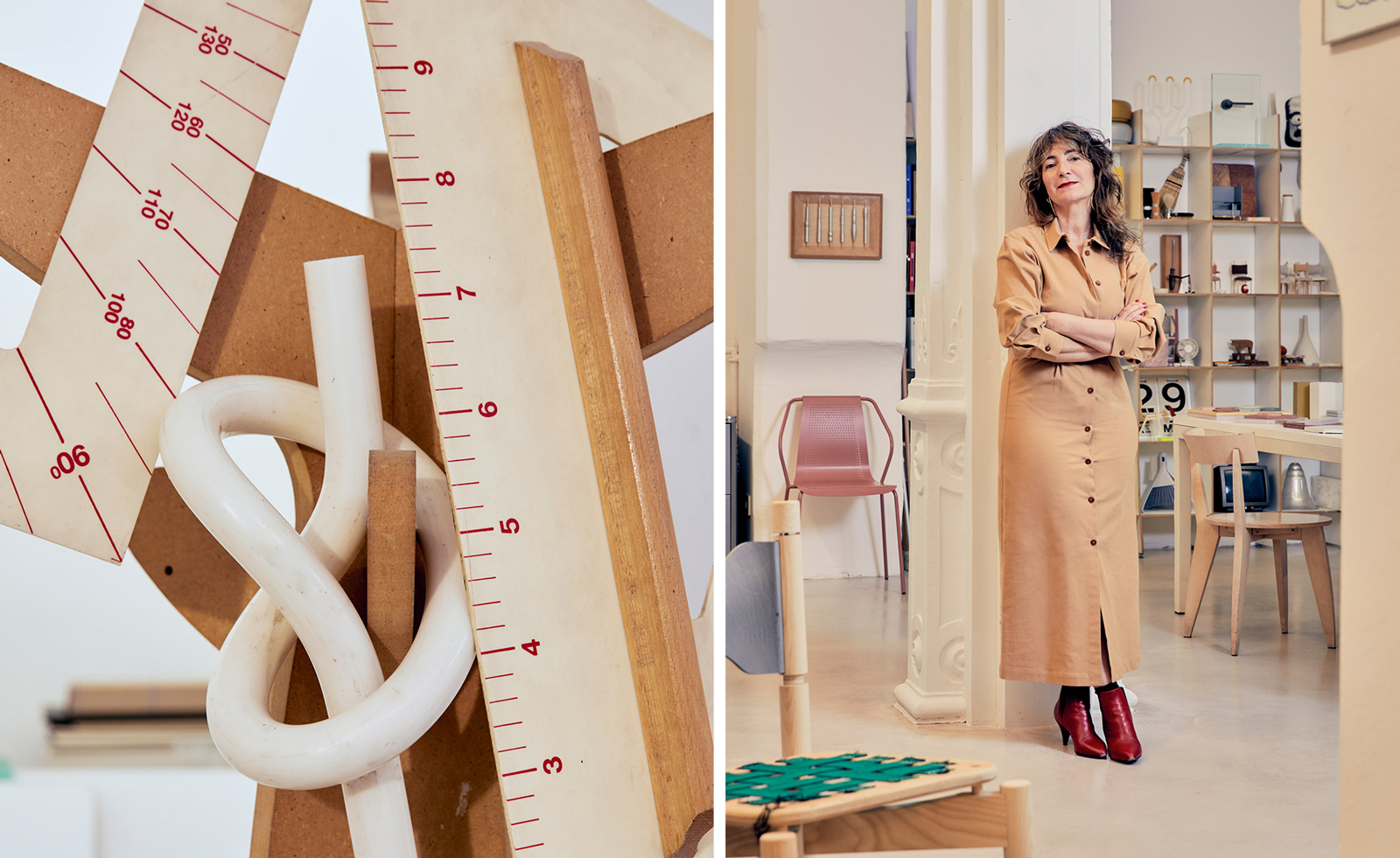
Studio Irvine's recent relocation to a historic 20th century Liberty-style building on Milan’s Via della Moscova has marked a new pivotal chapter in its journey. The studio’s founder, the late James Irvine, who passed away in 2013, and his wife, designer Marialaura Irvine, once lived on this street, and the allure of this stately red-brick block, opposite Giovanni Muzio’s majestic Ca’ Brutta, had left an indelible mark on the couple.
Inside Milan's Studio Irvine
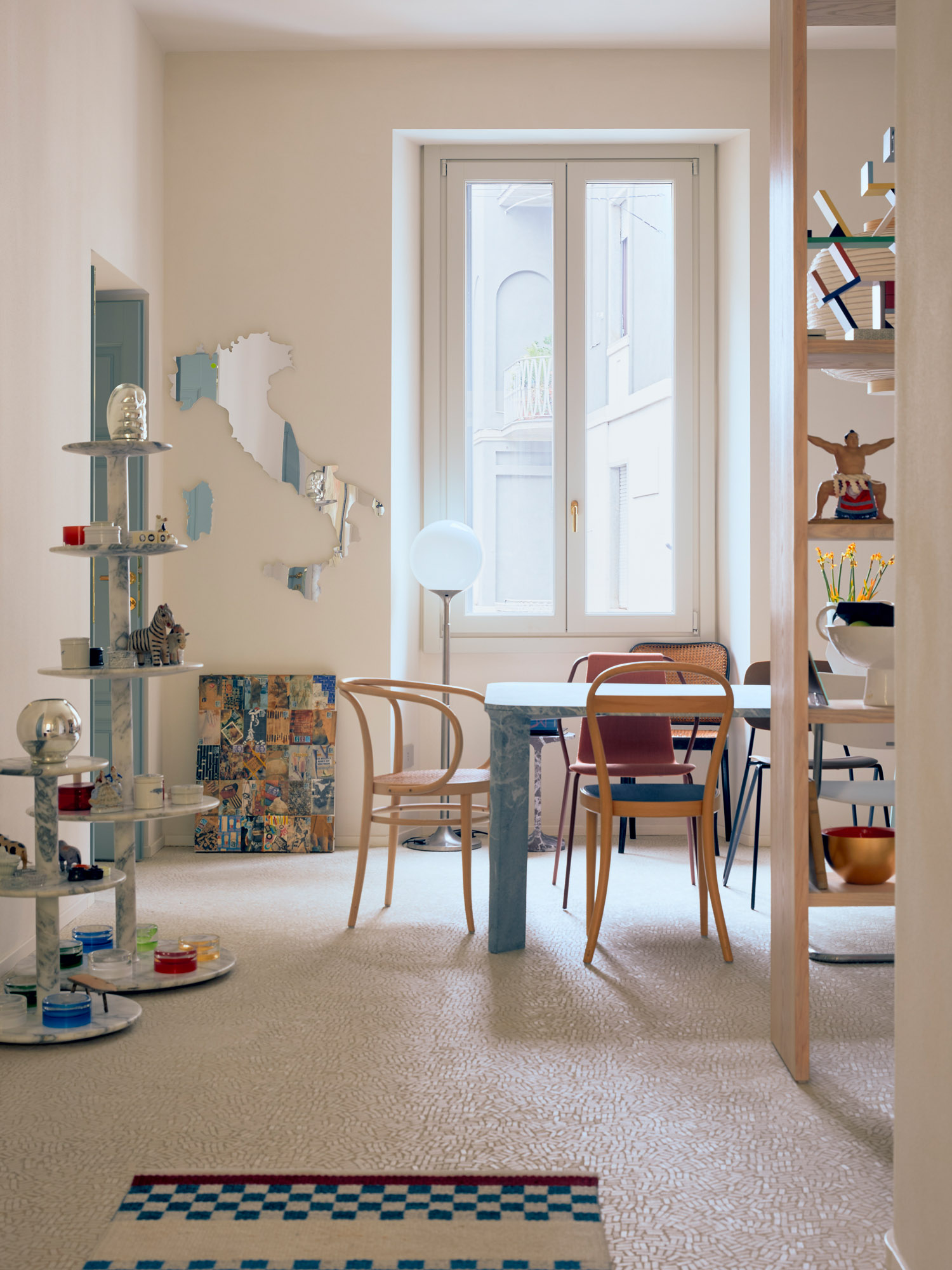
The first-floor apartment, where Irvine lives with her two sons, is filled with personal treasures
‘Rediscovering and reconstructing the building’s history proved to be a fascinating endeavour,’ says Irvine. ‘Setting up the studio here allowed me to fulfil a long-held dream. I delved into the details, embracing colours and making them become my colours.’ On the ground floor, the studio seamlessly integrates various architectural forms, including the tympanum, circle and square. On the first floor, above the studio, Irvine has crafted her own private sanctuary, a residence that integrates her professional and personal worlds. This space, where she lives with her two sons, has offered up a canvas for her radical design philosophy, allowing her to tell stories and translate her professional ethos into a unique retreat.
Over the past decade, Irvine, who is originally from Naples, has served as the dynamic creative force propelling Studio Irvine forward. Throughout this period, she has demonstrated a steadfast dedication to innovation while honouring the legacy of her late husband. Her thoughtful design approach eschews a rigid adherence to specific styles, and is grounded in a cross-disciplinary philosophy, meticulous research and a deep understanding of design history.
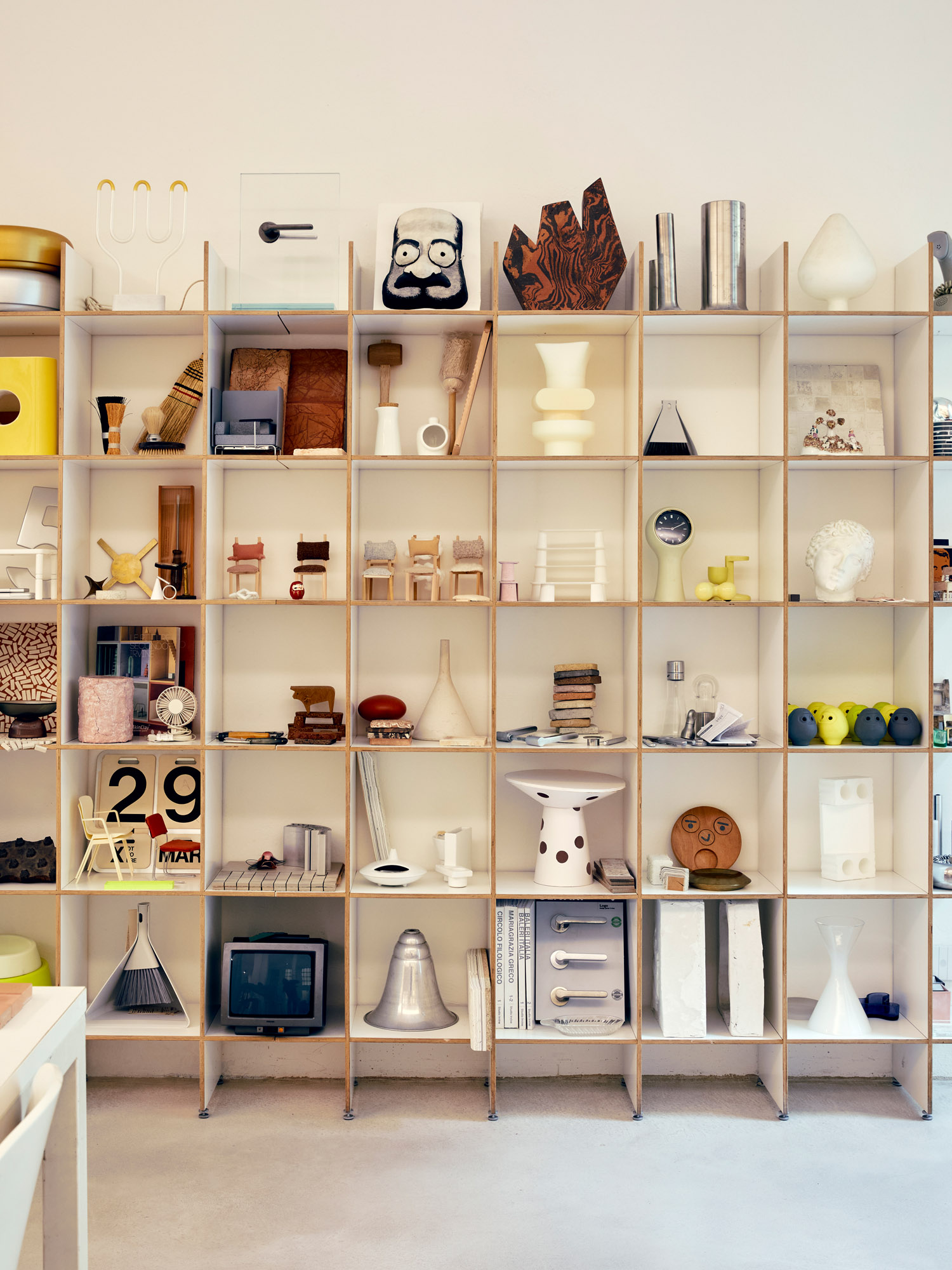
Inspirational ephemera, material samples, and project models and prototypes adorn shelves in the lower floor studio
Irvine’s latest work, which will be unveiled during Salone del Mobile 2024, is the embodiment of her design ethos, and she describes it as ‘a whispered dialogue between objects, surfaces, space and light’. ‘The value of whispering instead of shouting lies in generating projects that are in harmony with each other,’ she explains. ‘Not defining a style but a personality capable of expressing its own value. Creating bold forms, soft colours, endless stories, so that a project can be defined by its user.’
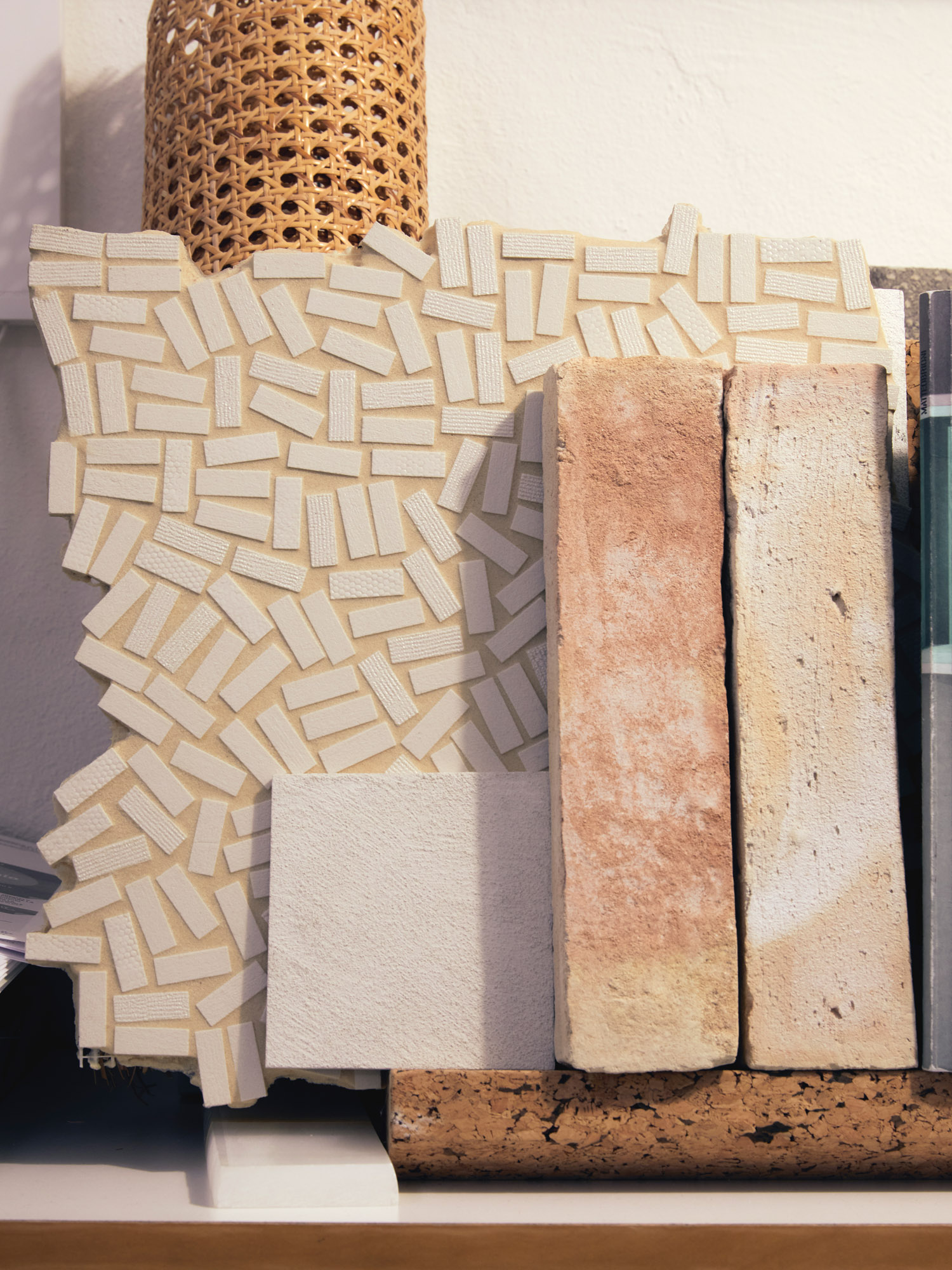
Studio Irvine’s ‘P-saico’ mosaic tiling for Mosaico+ among material samples
Four years ago, Irvine initiated a transformation of her practice, leaning towards material investigation over client-centric considerations. This evolution has propelled projects that challenge norms and embrace alternative design processes. A noteworthy example is her collaboration with Konstantin Grcic on the quietly elegant ‘Paf Paf’ chair for Mattiazzi. The piece marked the Italian furniture company’s inaugural journey into upholstered furniture, a departure from its portfolio of wooden designs. The chair consisted of an ash or walnut frame adorned with two cushions made from recycled down rather than the more conventional polyurethane. The design facilitates the rotation of the cushions with two plugs, injecting a dynamic element into the structure. Drawing inspiration from the familiar act of adjusting a pillow in the morning (hence the ‘paf paf’ sound), the idea aims to convey simplicity and ease in design.
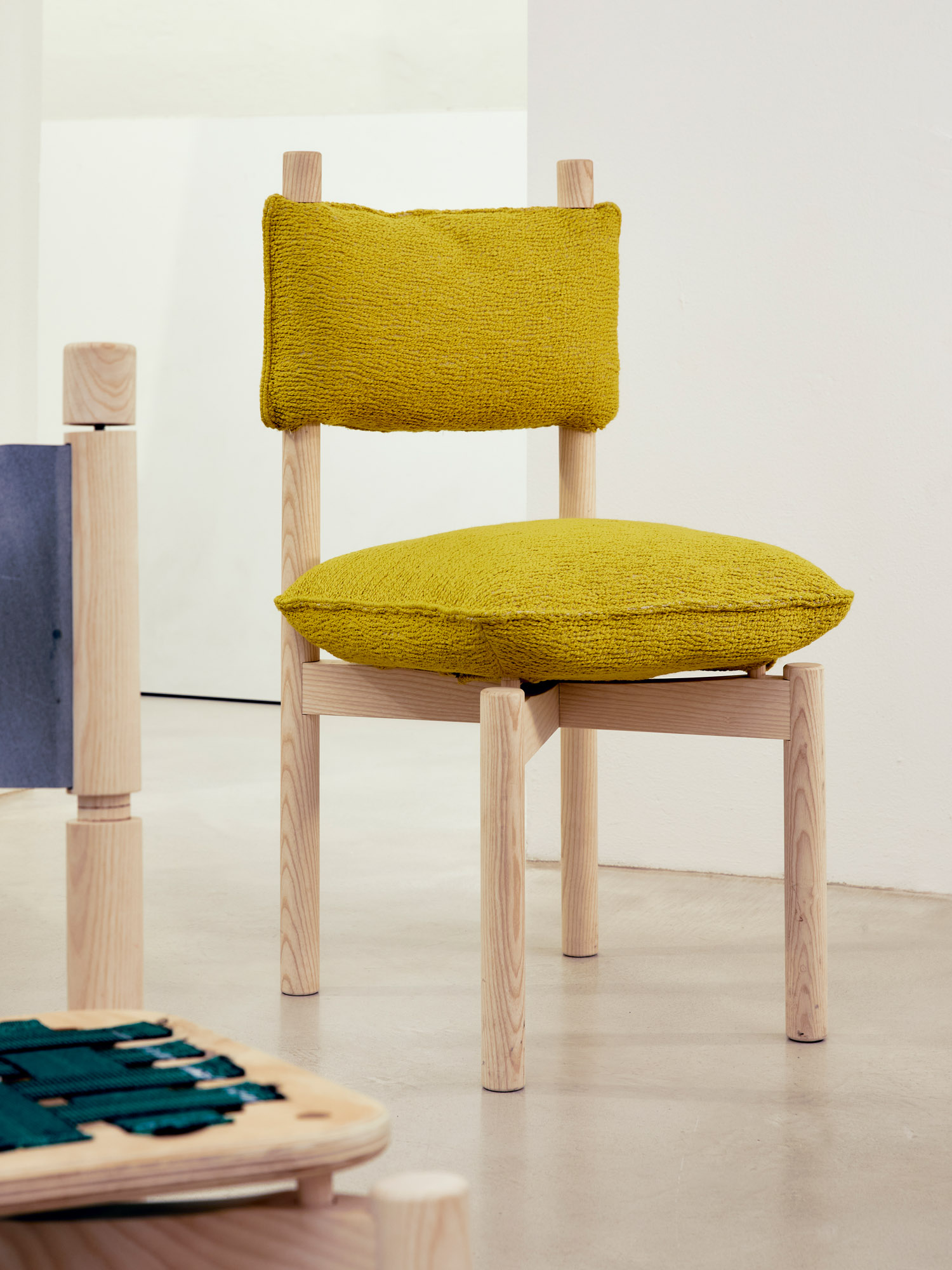
A ‘Paf Paf’ chair, designed by Studio Irvine for Mattiazzi, features an ash frame and cushions padded with recycled feathers and upholstered in Kvadrat fabric
Irvine’s research emphasises mono-materiality; she is always ‘in search of a synthesis that, following an industrial approach, reduces material waste. Materials are to be used in a structural sense, and not be merely decorative.’ As if to prove that, at this year’s Salone del Mobile, Studio Irvine will debut a diverse range of projects. Handmade wallcoverings company Fabscarte will release two new designs: ‘Licheni’, inspired by moulds and lichens with evolving landscapes and layered elements creating a three-dimensional effect; and ‘Postgarden’, an unfinished garden that allows additional elements to be added by the user.
With MDF Italia, the studio has created the ‘Stadium’ table, its juxtaposition of metal legs with a textured glass top challenging the company’s conventions. Other projects include a powder paint collection, SkinClay, for Matteo Brioni, which is defined by natural colours and pays homage to great women in 20th century art and design, from Charlotte Perriand and Georgia O’Keeffe to Lina Bo Bardi. And there is a collaboration with Italian concrete specialist Forma & Cemento in which she blends shapes, colours and textures to redefine two-dimensional surfaces.
Receive our daily digest of inspiration, escapism and design stories from around the world direct to your inbox.
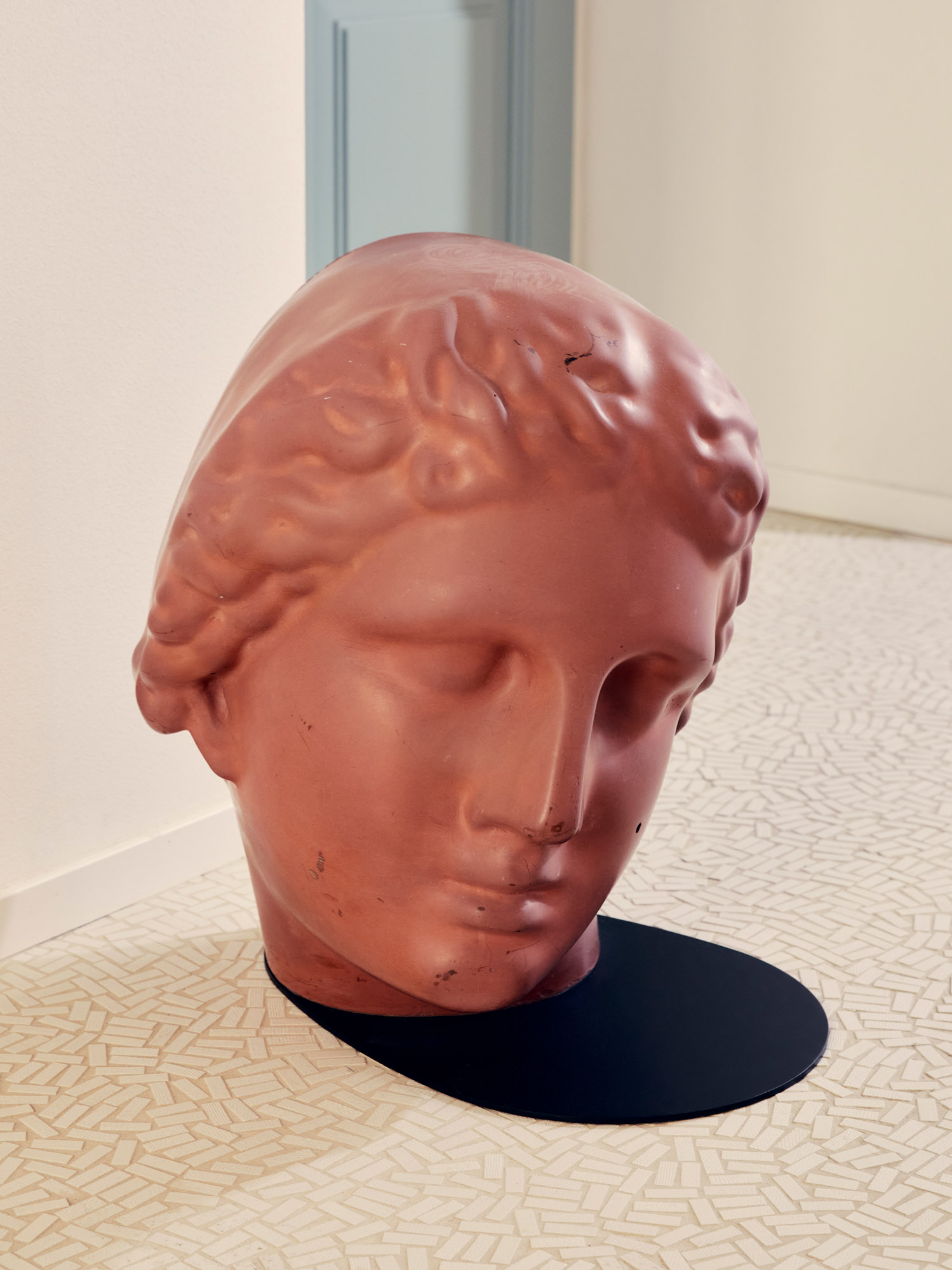
A ‘Betti’ stool,designed by Studio Irvine for Forma & Cemento
‘My mission is to improve design and its entire process, starting from the material and involving all stages, from production and communication to product strategy,’ says Irvine, whose skilful integration of tradition with modernity, innovation with sustainability, and simplicity with depth, positions her as a trailblazer in the realm of design. Through each project, she invites viewers to take part in nuanced discourse among objects and life, leaving an enduring mark on the contemporary creative landscape.
A version of this article appears in the April 2024 issue of Wallpaper*, available in print, on the Wallpaper* app on Apple iOS, and to subscribers of Apple News +. Subscribe to Wallpaper* today
Maria Cristina Didero is an independent design curator, consultant and author, who has contributed to many publications over the years. Didero has consulted for companies such as Vitra, Fritz Hansen, Lexus, Fendi, Louis Vuitton, Valextra among others. Based in Milan, she works internationally, curating exhibitions for institutions: some of her most recent projects include Nendo: The Space in Between and The Conversation Show at the Holon Design Museum, Israel; FUN HOUSE by Snarkitecture at National Building Museum, Washington D.C.; SuperDesign a project about Italian radical design, NY; Vegan Design, or the Art of Reduction by Erez Nevi and The Fish and The Crowd by Carlo Massoud, Milan. In April 2022 she curated a Mathieu Lehanneur exhibition at the Triennale in Milan called The Inventory of Life, while in July she debuted a project at the MK&G in Hamburg titled Ask Me if I Believe in the Future, alongside a series of ongoing collaborations. She was appointed 2022 Curatorial Director of Design Miami/. She is currently preparing two projects for Milan Design Week 2023.
-
 A new Korean garden reimagines tradition for the 21st century
A new Korean garden reimagines tradition for the 21st centuryThe new Médongaule Korean Gardens in Gyeonggi Province explore the country’s rich tradition; within it, the Seongok Academy Building provides a layered spatial experience drawing on heritage and a connection with nature
-
 Ten out-of-this-world design exhibitions to see in 2026
Ten out-of-this-world design exhibitions to see in 2026From contemporary grandes dames to legends past, and ‘non-human’ design: here are ten design exhibitions we’re looking forward to seeing in 2026
-
 Apple Music’s new space for radio, live music and events sits in the heart of creative LA
Apple Music’s new space for radio, live music and events sits in the heart of creative LAApple Music’s Rachel Newman and global head of workplace design John De Maio talk about the shaping of the company’s new Los Angeles Studio